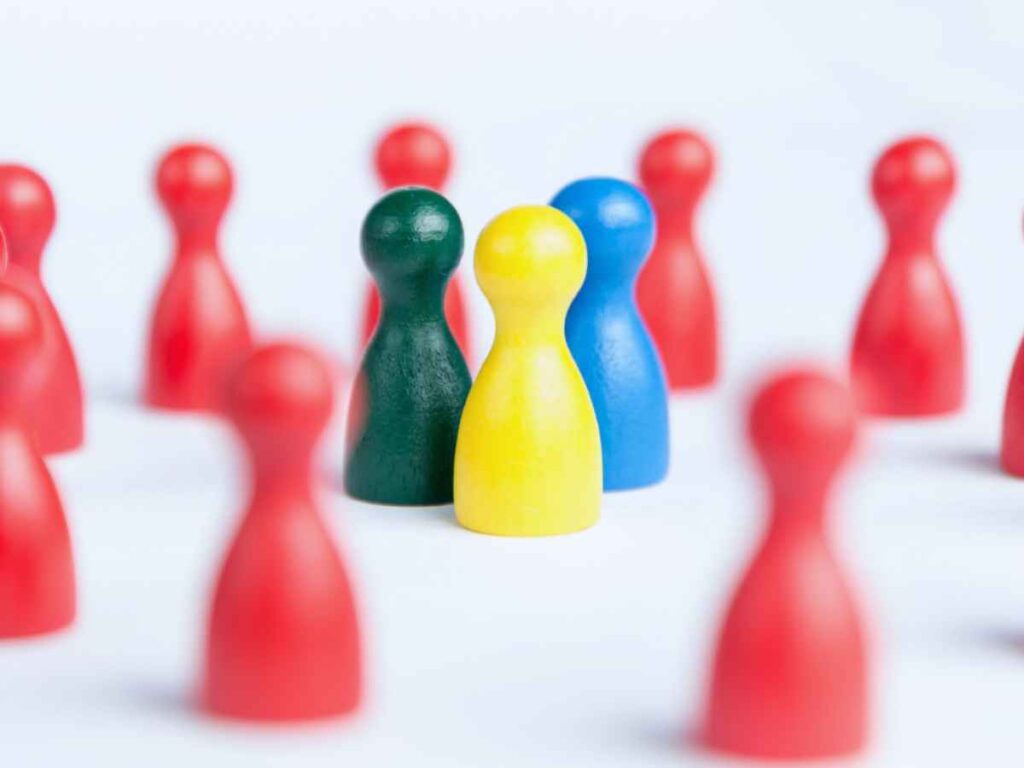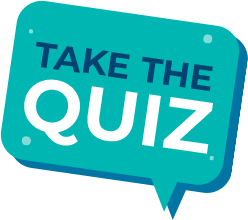
You are not alone!
Building a positive relationship with food and your body
Support for young people, caregivers and professionals
- Improve eating behaviours and relationship with food
- Build positive body image
- Identify concerns around body image and disordered eating
Explore our educational modules
- Feeling comfortable in your body
- Intuitive and balanced eating
- Breaking free from diet culture
What is Disordered Eating?
Disordered Eating is a phrase used to describe a range of irregular eating behaviours that may or may not warrant a diagnosis of a specific eating disorder.
People who experience disordered eating, whether diagnosed with an Eating Disorder or not, often have poor emotional awareness and have limited access to emotion regulation strategies.
FAQs from our community:
How can Be Body Positive help me overcome my disordered eating?
Why is early intervention so important?
Can disordered eating lead to an eating disorder?
What are the most common side effects of an eating disorder?
What is Body Image?
We can’t always see the extent of somebody’s body image struggles. Body image is the way you:
- Evaluate your appearance
- Think and feel about the way your body looks and functions
- Behave, treat and relate to your body
FAQs from our community:
How can Be Body Positive help me overcome my disordered eating?
Why is early intervention so important?
Can disordered eating lead to an eating disorder?
What are the most common side effects of an eating disorder?
What is AFRID?
People with ARFID eat a very limited variety or amount of food and it causes problems in their lives. These problems may be health related, like loosing too much weight, or not getting enough nutrients.
These problems may also be social, like not being able to eat meals with others.
FAQs from our community:
How can Be Body Positive help me overcome my disordered eating?
Why is early intervention so important?
Can disordered eating lead to an eating disorder?
What are the most common side effects of an eating disorder?
What is Normal Eating?
Normal eating is flexible. It varies in response to your emotions, schedule, hunger and proximity to food.
Examples of ‘normal’ eating include being able to eat when you’re hungry and continue eating until you are satisfied, overeating and undereating at times and giving yourself permission to eat all foods.
FAQs from our community:
How can Be Body Positive help me overcome my disordered eating?
Why is early intervention so important?
Can disordered eating lead to an eating disorder?
What are the most common side effects of an eating disorder?
Search Resources
Search our library of resources curated by our clinical and specialism
professionals.
Co-produced by experts, young people and caregivers
Uncover the path to a more positive relationship with food and your body with Be Body Positive. Your new go-to destination for information and resources on disordered eating and body image.
The content is designed by a team of experts specifically for young people and tested by young people.
With resources for parents and carers as well as youth workers, teachers and health professionals, there is something new to learn for everyone.
Stories
Hear from people in similar situations

Binge-Eating Disorder Recovery
Young Person from Bedfordshire
I remember being around eight to nine years old and beginning to develop binge eating disorder symptoms. It was at a challenging point in my life when my parents split up and then when I went to secondary school, things got worse as I had more control over what I was eating…



















